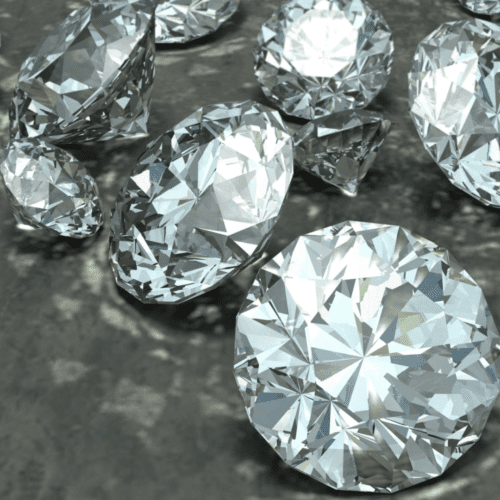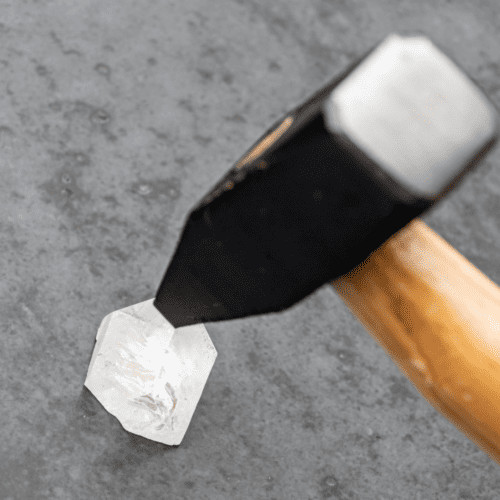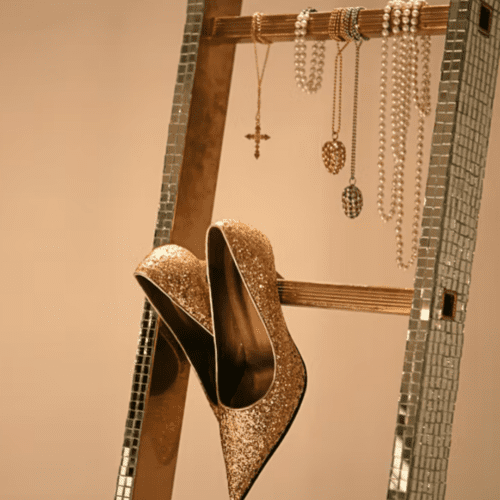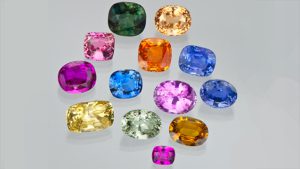How Are Diamonds Made? Natural vs Lab-Created Explained
Two Paths, One Diamond Not all diamonds come from the same place — but they all start the same way. Pure carbon, crystalized under immense pressure and heat. Whether it…
We hear a lot of theories and rumors about jewelry all the time, and some ideas come up more frequently than others. We are going to take the opportunity to debunk some of these myths once and for all. To learn more, visit the PriceScope Education section.

Yes and no, but mostly no. First, “size” does not equal “carat weight” – a diamond that looks large might be shallow, and actually have less carat weight than a deeper-cut diamond that looks smaller. Second, all of the 4Cs have an impact on the cost of a diamond: Color, Clarity, Cut, and Carat Weight. Finally, a lower-quality but larger carat-weight diamond can easily cost less than a smaller but higher-quality diamond. Bigger (visually or by carat-weight) is not always better – what is right for you depends on what features of a diamond matter most to you. Learn more with our complimentary Diamond Prices Tool.

No, no, no! Please don’t bite fine jewelry. There are reasons that this is wrong. Gold is not the only metal that is softer than teeth. There are also alloys in colored golds that can make it harder, so it would be inconclusive at best. Your best possible outcome with this old trick is teeth marks in your jewelry. Bite marks probably are not the aesthetic that you were looking for, but if it is…who are we to stop you?

We’ve seen this one a lot, and it’s not true. In fact, one wonders how people think that diamonds get cut into all the different shapes that we love. Diamonds are extraordinarily hard, but not impervious to cracking or chipping. Don’t bank your best diamonds on hoping this one holds out. We love diamonds and hate to see them get broken at all!

Poppycock. Mixing metals is about aesthetics and personal taste. If you love the mixed metals look, go for it! It is not off-trend right now, so stack them up! We love that people choose to express themselves and their personalities through their carefully curated jewelry looks, don’t let this old thought stop you from wearing a look you love. Edited to add: only pieces designed to be worn together should be stacked against one another, since harder jewelry wears on softer in a way that can cause damage; platinum and silver wear out white gold, white gold wears out yellow, lower karats wear out higher karats. Stacking them is all well and good from a fashion point of view, which was what was intended here, it is always important to know how to safely wear your jewelry without damaging it.

Not true. Of course, sapphires can be blue; but they come in other colors, as well. There is even some contention amongst different people in the industry about when a pink sapphire rolls over into being a ruby. The chemical components are similar between rubies and sapphires, and they share physical traits since they are both varieties of the mineral corundum. There are white, yellow, pink, orange, and green sapphires as well as the more signature blue.
These are just a few jewelry myths that you may consider officially busted. Are there any stories or myths that you believed about jewelry, only to discover they were not true at all? We’d love to hear about them in the comments, it is likely that someone else believes them too, and can learn from you. That is just one of the joys of being a part of the PriceScope community, helping each other learn!
Written by Kayti Kawachi

Retail Diamond Prices Chart Updated Monthly.
Two Paths, One Diamond Not all diamonds come from the same place — but they all start the same way. Pure carbon, crystalized under immense pressure and heat. Whether it…
A Wedding Ring as Unique as Your Love Finding the right wedding ring isn’t just about diamonds or gold – it’s about finding the one that feels right. With hundreds…
So, you’re thinking about lab-grown diamonds? Smart move. They’re just as sparkly as the natural kind but usually cost less. But where do you actually go to buy them? It…


Want to stay updated on the most recent blogs, forum posts, and educational articles? Sign up for Bling News, PriceScope’s weekly newsletter.